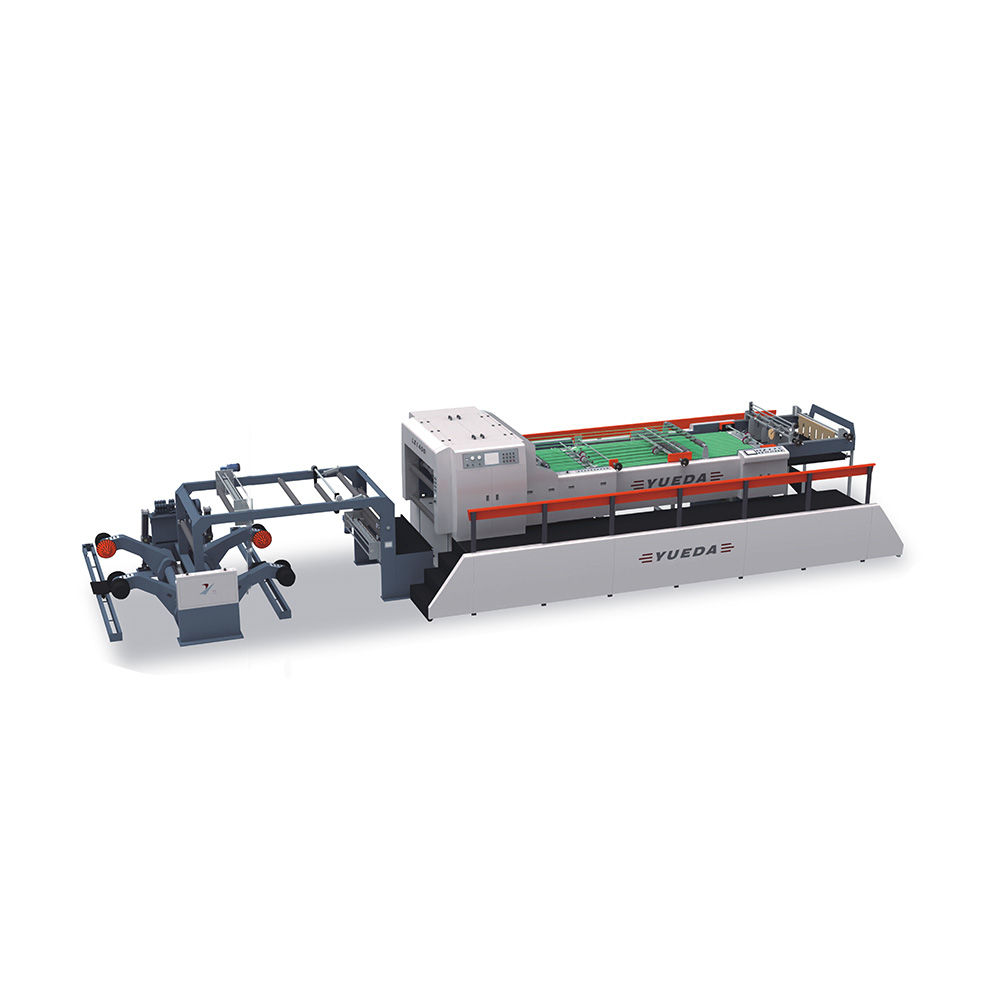News Center
Home / News Center / Industry News / Is there anything particular about selecting a blade for a positioning sheet cutting machine?
Is there anything particular about selecting a blade for a positioning sheet cutting machine?
2024-03-12
Blade selection for positioning sheet cutting machines is indeed a task that requires careful consideration and is directly related to cutting results, production efficiency, and the service life of the machine.
Material adaptability: First of all, it is necessary to clarify the material of the sheet to be cut. Different materials (such as metal, plastic, glass, wood, etc.) have different physical and chemical properties, so it is necessary to choose the blade material to match them. For example, when cutting metals, a carbide blade is often preferred because of its excellent wear resistance and hardness, while when cutting non-metals, you may want to choose a high-speed steel or ceramic blade.
Cutting accuracy and surface quality: Positioning sheet cutting machines usually need to achieve high-precision cutting, so the sharpness, stability and wear resistance of the blade are extremely demanding. Blades should be selected to ensure a smooth, burr-free cutting surface and minimize material deformation.
Cutting thickness and size: The thickness of the sheet is an important basis for selecting blade type, size and edge angle. Thicker materials require more cutting power and larger blade sizes, while thinner materials may require sharper edges and greater precision.

Blade structure and shape: Depending on different cutting needs, the blade can be disc-shaped, toothed, wavy or other special shapes. For example, disc blades are suitable for continuous cutting, while toothed blades are suitable for applications requiring higher feed speeds.
Service life and maintenance: High-quality blades not only have high cutting efficiency, but also have long service life, which can reduce the trouble and cost of frequent blade replacement. When choosing a blade, consider its wear resistance and durability, as well as its ease of maintenance and replacement.
Cost-Effectiveness: The price of the blade is also one of the factors to consider. While high-quality blades may cost more, the cost is often offset by increased cutting efficiency and longevity. Therefore, when choosing a blade, you should consider its performance and price and choose the product with the highest price/performance ratio.
Safety: Blade selection should also take safety of operation into consideration. Make sure the blade is not easy to break, fall off or create other safety hazards during use.
Share news
Products
of interest
of interest


 中文简体
中文简体 Español
Español

















